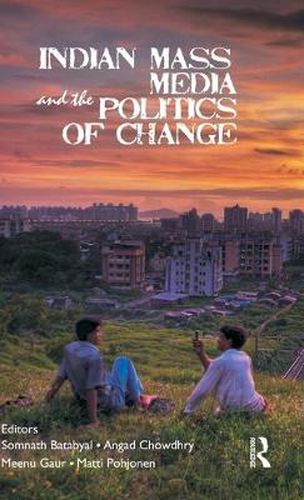Readings Newsletter
Become a Readings Member to make your shopping experience even easier.
Sign in or sign up for free!
You’re not far away from qualifying for FREE standard shipping within Australia
You’ve qualified for FREE standard shipping within Australia
The cart is loading…






India has been the focus of international attention in the past few years. Rhetoric concerning its rapid economic growth and the burgeoning middle classes suggests that something new and significant is taking place. Something has changed, we are told: India is shining, the elephant is rising, and the 21st century will be Indian. What unites these powerful re-imaginings of the Indian nation is the notion of change and its many ramifications. Election campaigns, media commentators, scholars, activists and drawing room debates all cut their teeth around this complex notion. Who is it that benefits from this change? Do such re-imaginings of nationhood really reflect the complex social reality of large parts of the Indian population? The book starts with the premise that it is within the mass media where we can best understand how this change is imagined. From a kaleidoscope of perspectives the book interrogates this articulation and the myriad forms it takes – across India’s newsrooms, television sets, cinema halls, mobile phones and computer screens.
$9.00 standard shipping within Australia
FREE standard shipping within Australia for orders over $100.00
Express & International shipping calculated at checkout
India has been the focus of international attention in the past few years. Rhetoric concerning its rapid economic growth and the burgeoning middle classes suggests that something new and significant is taking place. Something has changed, we are told: India is shining, the elephant is rising, and the 21st century will be Indian. What unites these powerful re-imaginings of the Indian nation is the notion of change and its many ramifications. Election campaigns, media commentators, scholars, activists and drawing room debates all cut their teeth around this complex notion. Who is it that benefits from this change? Do such re-imaginings of nationhood really reflect the complex social reality of large parts of the Indian population? The book starts with the premise that it is within the mass media where we can best understand how this change is imagined. From a kaleidoscope of perspectives the book interrogates this articulation and the myriad forms it takes – across India’s newsrooms, television sets, cinema halls, mobile phones and computer screens.